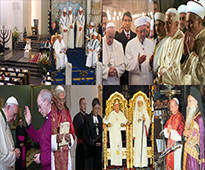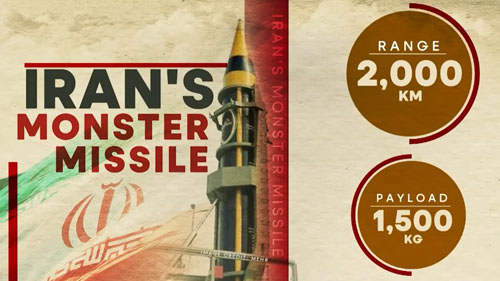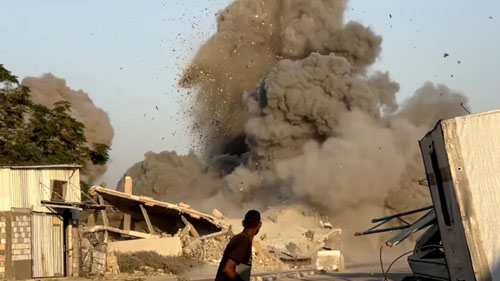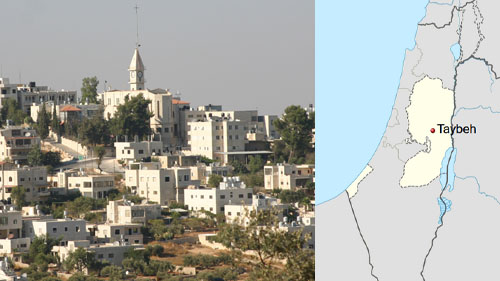| Recent Featured Videos and Articles | Eastern “Orthodoxy” Refuted | How To Avoid Sin | The Antichrist Identified! | What Fake Christians Get Wrong About Ephesians | Why So Many Can't Believe | “Magicians” Prove A Spiritual World Exists | Amazing Evidence For God | News Links |
| Vatican II “Catholic” Church Exposed | Steps To Convert | Outside The Church There Is No Salvation | E-Exchanges | The Holy Rosary | Padre Pio | Traditional Catholic Issues And Groups | Help Save Souls: Donate |  |









 " />
" /> " />
" /> " />
" /> " />
" /> " />
" />




US stealth bombers in Guam appear to be readying for a tactical nuclear strike on North Korea
businessinsider.com
The US has been quietly amassing firepower in the Pacific during a lull in tensions with North Korea, but recent developments on an under-the-radar nuclear weapon suggest preparation for a potential tactical nuclear strike.
The US recently sent B-2 stealth bombers to Guam, where they joined B-1 and B-52s, the other bombers in the US's fleet.
While the B-2 and B-52 are known as the air leg of the US's nuclear triad, as they carry nuclear-capable air-launched cruise missiles, a smaller nuclear weapon that has undergone some upgrades may lend itself to a strike on North Korea.
The B-61, a tactical nuclear gravity bomb that the B-2 can carry 16 of, has been modified in recent years to increase its accuracy and ability to hit underground targets, though that version has not yet been deployed.
Not only will the B-61's new modification make it ideal for destroying dug-in bunkers, the kind in which North Korean leader Kim Jong Un might hide during a conflict, but it has an adjustable nuclear yield that could limit harmful radioactive fallout after a nuclear attack.
Though the US has plenty of nuclear weapons that can easily hit North Korea from land, air, or sea, they're predominantly large ones meant to deter countries like Russia or China.
A 2017 paper in MIT's International Security journal suggested that recent advances in guidance systems and nuclear weapons could allow the US to destroy all of North Korea's nuclear infrastructure while causing 100 or so deaths, versus 2 million to 3 million deaths on both sides of the 38th parallel without them.
But Melissa Hanham, a senior research associate at the James Martin Center for Nonproliferation Studies, suggested the paper was flawed.
Hanham told Business Insider that the paper's supposition that only five sites would constitute the bulk or entirety of North Korea's nuclear infrastructure stood without merit.
Sign up for our free e-mail list to see future vaticancatholic.com videos and articles.
Recent Content
^